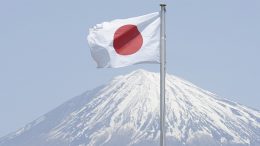Japan’s trade balance surprises and unexpectedly enters surplus in June: ¥224.000 million against -¥185.700 million estimated
Bankinter: Japan’s Trade Balance went into surplus in June. It stands at ¥224,000M vs -¥185,700M estimated and -¥1,220,000M estimated. The indicator surprises and enters surplus unexpectedly. However, its breakdown shows a weak evolution. Exports slow down, despite the weak yen (+5.4% year-on-year from +13.5% previously and versus +7.2% estimated), and Imports (+3.2% year-on-year from +9.5% previously and +9.6% estimated). It is precisely the slowdown in this last item, which points…






